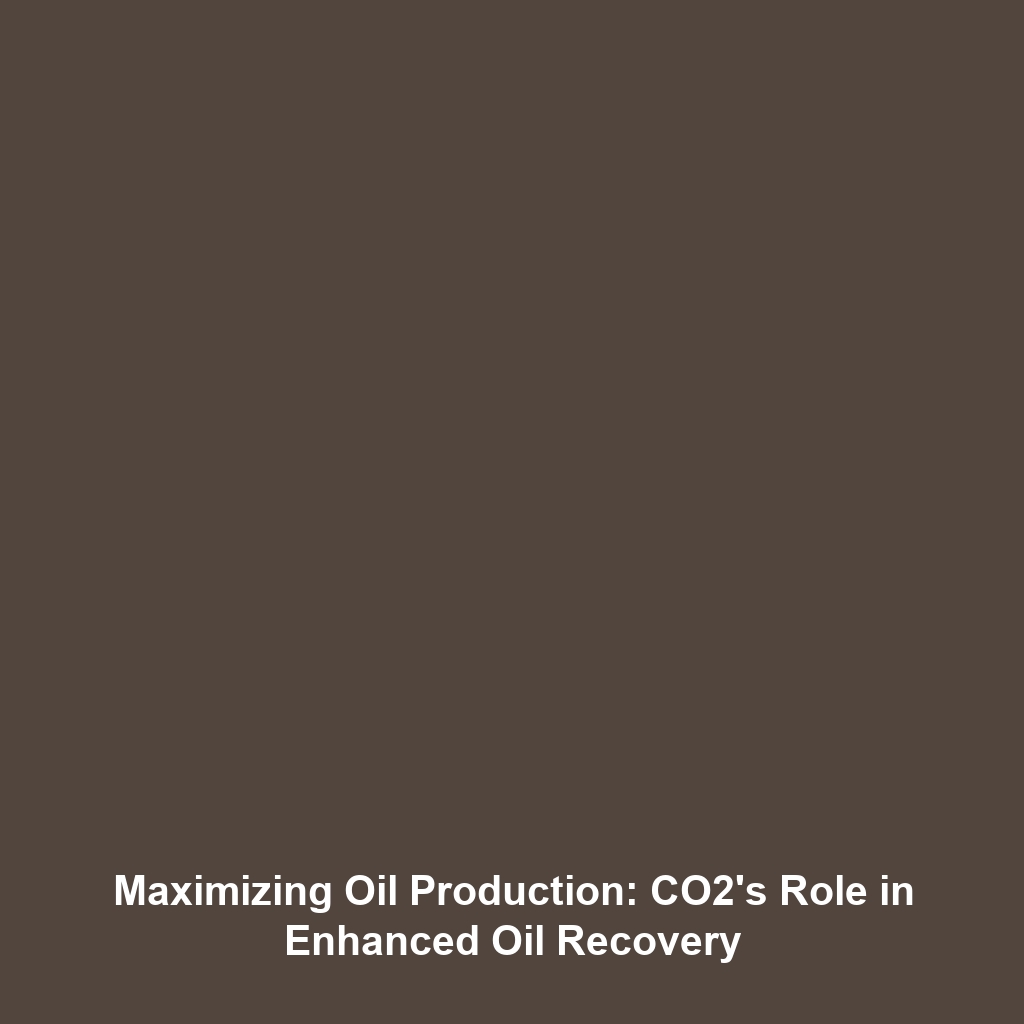Gorgon’s Scale and Ambition Make It a Key Player in the Global Push for Carbon Capture & Storage (CCS)
Introduction
Gorgon, one of the world’s largest and most ambitious Carbon Capture & Storage (CCS) projects, aims to reduce greenhouse gas emissions significantly. Nestled off the coast of Western Australia, the Gorgon project seeks to capture and store up to 4 million tons of carbon dioxide annually. As nations intensify their efforts to combat climate change, Gorgon’s innovative approach and large-scale implementation make it a pivotal player in the global CCS landscape, driving advancements in environmental technology and policy.
Key Concepts in Gorgon’s Ambition
Understanding Gorgon’s role in the CCS framework involves several critical concepts:
- Carbon Capture Mechanism: Gorgon utilizes advanced technologies to capture CO2 emissions from natural gas processing.
- Storage Capabilities: The captured CO2 is injected into geological formations deep beneath the ocean floor, ensuring long-term storage.
- Regulatory Compliance: Complying with environmental regulations is essential for Gorgon, facilitating its operational legitimacy and support.
These concepts highlight how Gorgon exemplifies both the scale and ambition of carbon capture initiatives within the broader framework of CCS.
Applications and Real-World Uses
The Gorgon project showcases several significant real-world applications of Carbon Capture & Storage:
- Natural Gas Processing: Gorgon demonstrates effective carbon capture during the liquefaction of natural gas, serving as a model for future projects.
- Emission Reduction: By reducing emissions at its facilities, Gorgon aids in meeting international climate commitments.
- Sustainable Energy Transition: Gorgon’s efforts align with global targets to pivot towards cleaner energy sources.
These applications illustrate how Gorgon serves as a beacon for other projects aiming to implement CCS effectively.
Current Challenges
Despite its forward momentum, Gorgon faces several challenges related to its operations and broader CCS efforts:
- High Costs: Implementing CCS technologies can be costly, impacting the project’s financial viability.
- Public Perception: Community acceptance and understanding of CCS remain significant hurdles.
- Technological Limitations: The efficiency of current carbon capture technologies may hinder large-scale application.
Addressing these challenges is crucial for furthering the impact of Gorgon and similar CCS projects.
Future Research and Innovations
The future of Gorgon includes exciting innovations that could advance CCS technology:
- Next-Generation Capture Technologies: Research into more efficient materials and processes for capturing CO2 is ongoing.
- Enhanced Storage Solutions: Investigating new geological formations may optimize carbon storage capacities.
- Policy Framework Innovations: Developing supportive regulatory frameworks can enhance investment in CCS technologies.
These innovations will play a vital role in shaping the future of Carbon Capture & Storage.
Conclusion
Gorgon’s scale and ambition position it as an indispensable player in the global push for Carbon Capture & Storage (CCS). With its significant applications, awareness of current challenges, and a focus on future research and innovations, Gorgon exemplifies the potential of CCS in addressing climate change. To learn more about CCS technologies and their impact, visit our CCS Technology Overview or explore our Global Climate Initiatives page.







